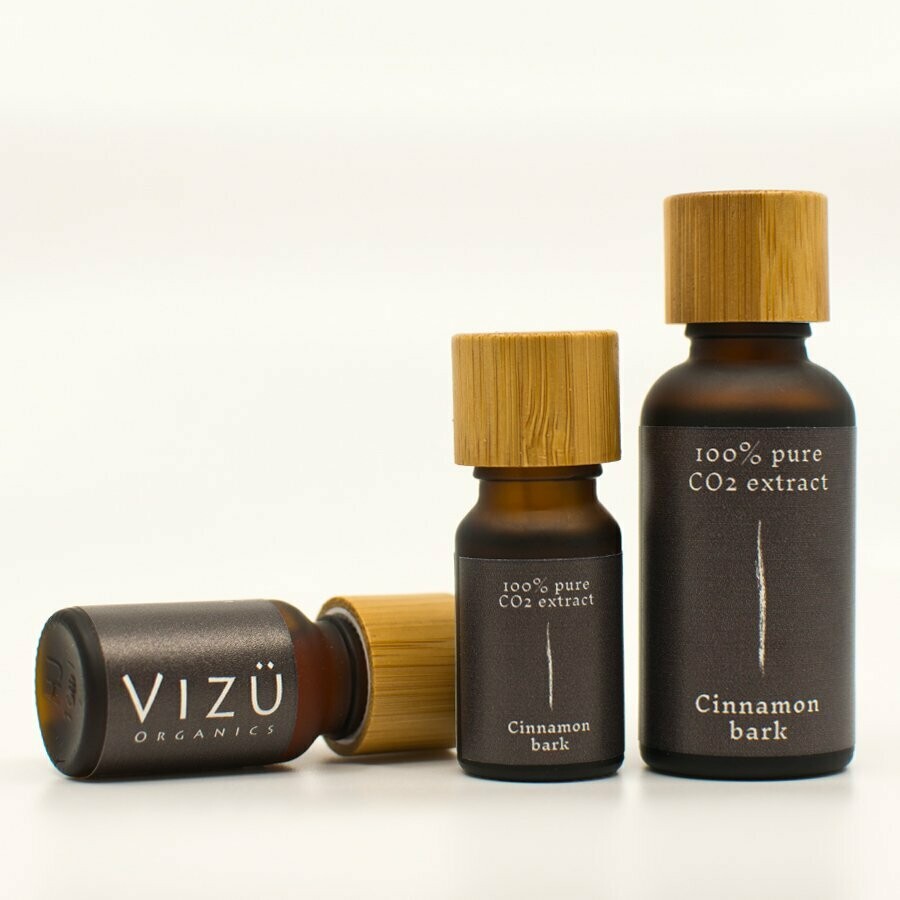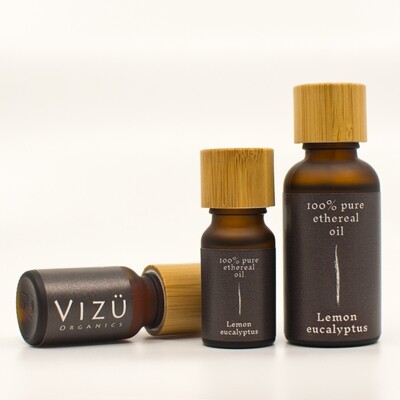Cinnamon bark CO2 extract
Botanical name: Cinnamomum cassia blume
Precaution:
- The bark oil is a dermal toxin, should never be used on the face. It is also a dermal irritant and dermal sensitizer, mucous membrane irritant.
- Recommended maximum dilution of 0.1% should be adopted within the aromatherapy industry - that’s equivalent to one drop in 30 - 40 ml.
Cinnamon is an anti-inflammatory, anti-bacterial, anti-fungal spice that can help relieve bloating and heartburn, and also offers protection against strokes. Cinnamon CO2 has a deeper smell and a darker hue due to more active compounds being extracted compared to Cinnamon essential oil. Please always ensure dilution as the main compound of this oil is Cinnamaldehyde, a known skin irritant.
This superb aromatic, spicy oil has excellent antiseptic properties and can be used to cleanse and purify the air via a diffuser. It is helpful for mental fatigue and aids in reducing arthritic pain, body aches, colds and flu.
Currently in the British Herbal Pharmacopoeia as a specific for flatulent colic and dyspepsia with nausea.
Herbal Folk Tradition
Cinnamon is one of the world's oldest natural spices, and is commonly used in traditional oriental medicine. Since thousands of years back, this herb has been used to treat colds, flu, digestive and menstrual problems, rheumatism, kidney troubles etc.
This pungent bark has been used in Egypt since 2000 BC, and by Chinese herbalists since 2700 BC, making it one of the first known spice. It was burned as an incense, used medicinally and in the embalming process, and to flavour food and drinks. At one time, Cinnamon was even valued higher than gold! Cinnamon was considered one of the most important herbs used in the Greek and Roman pharmacopoeia. Its leaves were also mentioned as a spice in a first century Roman cookbook. Its name was derived from the Greek word kassia, which means “to strip off the bark.”
Traditional Ayurveda even suggested the use of Cinnamon for the management of sexual dysfunction.





